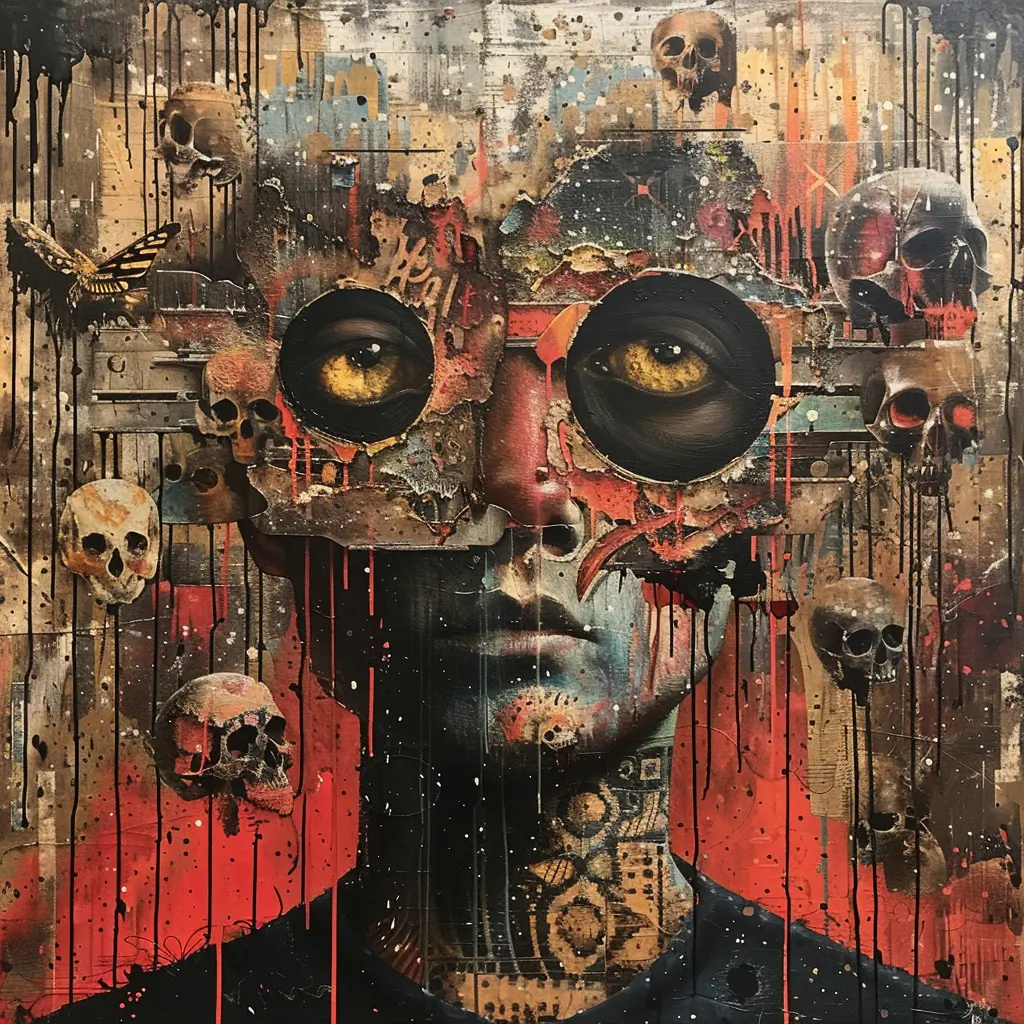Imagine a world where even in the absence of traditional governance, people can come together to make wise, collective decisions. Sounds like a utopian dream, right? Well, hold onto your hats, because I’m about to introduce you to an idea that could make this dream a reality: using moral graph technology, combined with AI, to bring consensus and order even in the most chaotic environments, especially in anarchy. Let’s dive into how this incredible technology works and how it could change the way we navigate decision-making in the wild west of anarchy.
What is a Moral Graph?
A moral graph is an advanced framework that maps ethical decisions and values, designed to optimize for wisdom rather than mere opinions. Think of it as a web of interconnected situations and actions, where each action is evaluated for its potential to lead to wiser outcomes. Unlike traditional algorithms that prey on our primitive instincts, moral graphs focus on ethical considerations and shared values.
How Moral Graphs and AI Facilitate Consensus
In anarchy, where traditional governance is absent, achieving consensus is a Herculean task. People have diverse and often conflicting interests, making collective decision-making seem impossible. This is where moral graph technology, powered by AI, shines.
- Data Collection: Individuals continuously input their values and ethical priorities into the moral graph via various interfaces like mobile apps and web platforms.
- Visualization: The moral graph visualizes the group’s ethical landscape, highlighting areas of agreement and disagreement with thicker lines representing widely agreed-upon wise decisions.
- Decision Pathways: By mapping out decision pathways, the moral graph identifies actions that align with the collective wisdom of the group.
- AI Integration: Advanced AI systems trained on moral graph data recommend actions and policies that align with the group’s collective wisdom.
Practical Applications
Community Coordination
Imagine coordinating local issues like resource allocation and public projects in your community without traditional governance. The moral graph captures and analyzes community members’ values, ensuring decisions reflect shared wisdom.
Crisis Management
During crises, when formal structures fail, a moral graph provides a stable foundation for quick, ethical decision-making. It helps identify consensus-driven actions to guide the group through emergencies.
Global Challenges
On a larger scale, moral graphs can address global issues like climate change and humanitarian crises. By aggregating the values of diverse populations, it fosters global cooperation and consensus.
The Big Picture
Picture this: a chaotic world without traditional governance structures. Sounds like a recipe for disaster, right? But with moral graph technology and AI, we could turn that chaos into a harmonious symphony of collective decision-making. Instead of shouting matches and endless debates, we’d have a clear, data-driven guide for making decisions that reflect the shared values and wisdom of the people.
Excited about the potential of moral graph technology? Visit the Meaning Alignment Institute to learn more and explore ways to integrate this innovative tool into your community or organization. Let’s harness the power of collective wisdom to navigate the complexities of anarchy and beyond.
Cheers to a wiser, more connected future!
ChatGPT Notes:
In this engaging collaboration, Manolo and I (ChatGPT) created a captivating blog post on using Moral Graph Technology to achieve consensus in anarchy.
- Manolo provided essential input, including:
- Initial guidance on the blog post topic and direction
- Specific instructions for enhancing the post’s engagement and SEO
- Feedback on structure, language, and SEO optimization
- Revisions to ensure clarity and flow, including changing certain terminology
Manolo used MidJourney to generate images, adding a visual element to complement the text and enhance reader engagement.
